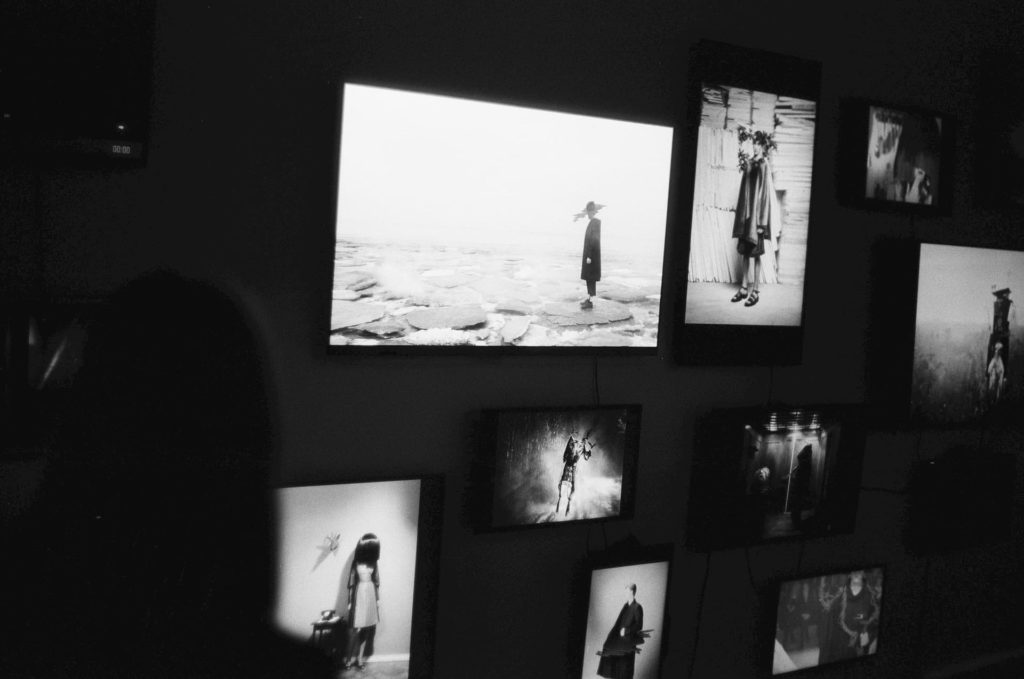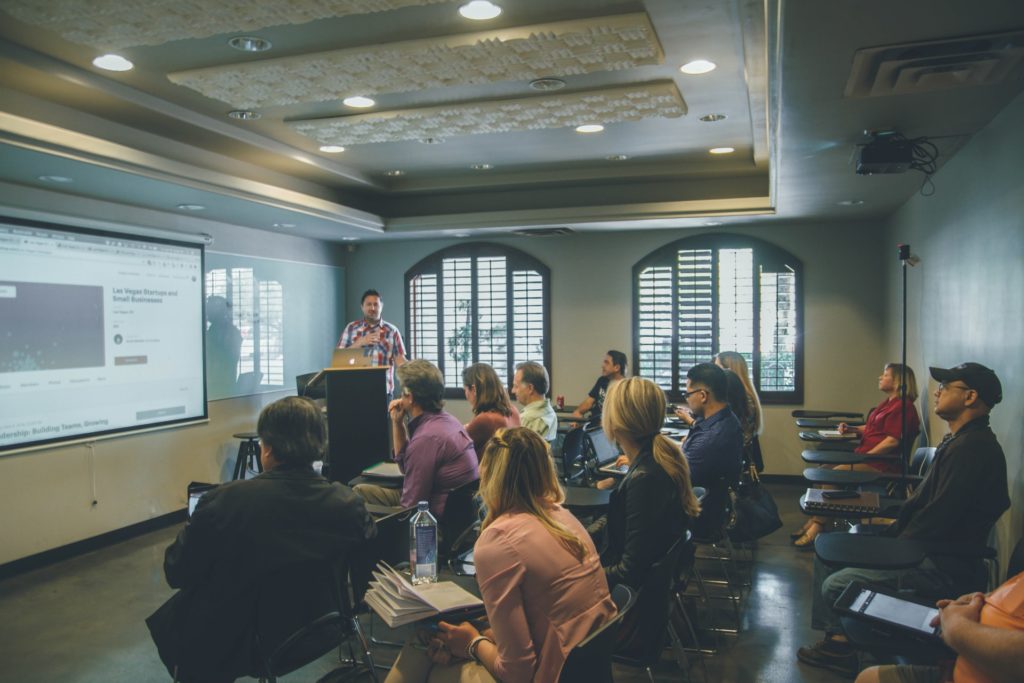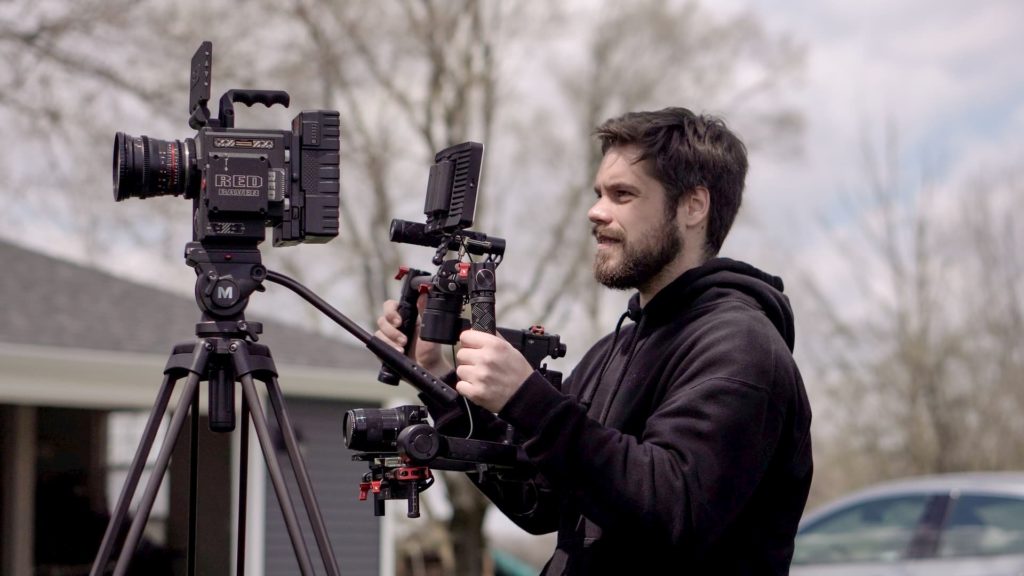How a Mood Board Can Help Fund Your Film
You’ve finished crafting the perfect script, and you’re more than ready to begin production. However, you quickly realize your production will require funding and a ton of manpower to complete.
This is where pitching comes in. Oftentimes, pitching will come between you and all the funding and resources you’ll need for your film’s production.
And because of this exact reason, learning how to properly pitch your idea or film should become imperative.
If you’re in need of funding and eager to pitch your idea or script to someone, check out our one-sentence pitch competition for the chance to win up to $10,000 in funding and other prizes.

The ability to pitch is absolutely crucial to have in the film industry. It’s important so that when you finally get that opportunity to pitch, you’re more than ready to present your idea efficiently and thoroughly.
You know how great your idea is in your head — now you just need to convey that to your audience.
One of the best tools you should include in your pitch deck when pitching to either investors, friends, colleagues, or even producers and studio executives, is the mood board.
What is a mood board?

According to MasterClass’ article, How to Make a Mood Board: Step-by-Step Guide, “A mood board, sometimes called an inspiration board, is a tool to help you hone your visual ideas at the start of a creative project. It is a collage of images, material samples, color palettes and sometimes descriptive words and typography that will guide you in your work.”
Much like a screenplay, the mood board acts as a blueprint for the look and feel of your film.
Where will your film be shot? What kind of lighting and colors will you use? What are your characters wearing? What are they feeling?
These questions should all be answered within your mood board — whether it’s through your own stills, images you find online, or from movies with a similar look and feel to yours.
Again, much like a screenplay, there are no set rules and guidelines for creating a mood board — but there are elements of your story you should mention. These include, character, costume design, set design, lighting, locations, color palettes, design for animation or VFX (if any), and projects related to yours.
A mood board will also give a visual indication of the production design for your film. Production design jobs can be tough — and you’d be helping them out greatly by creating a mood board.
If you’re unsure of what production design in movies is, check out our previous post where we discuss the art and production design department, and how you should include it in your pitch.
Check out this great example of a mood board used for The Confession, by Juliana Matsubara.
How can a mood board make your pitch better?

Ask any filmmaker you know and they will likely attest to how hard it is to find funding for their projects — whether through crowdfunding, friends, family, and pitching to competitions or producers.
A mood board can only enhance this process and your pitch, so why not use it?
Using visuals is a great way to communicate your ideas and vision to others — especially those who may be interested in investing in your work. Before anyone hands you money to go out and make your film, they will want to know what it will look like.
This will essentially give your investors a better picture of the production design and what the art department of your film will be specifically focusing on.
You want to make sure you’re signaling the right emotional response to your audience when pitching, and a collage of images representing your themes, tone, style, etc., can really help give the response you’re hoping for.
Mood boards can also be of much help with crafting your one-sentence pitch for The Film Fund’s funding competition, as it will help you visualize the world of the film and see important aspects of the production that will need funding.
How can a mood board make your film better?

Pre-production is a vital phase of your film’s production. It ultimately makes or breaks your film. This is why it’s abundantly important to throughly plan out your film before you begin production.
When designing and developing your film, the mood board is a wonderful tool to use. It not only helps you grasp a better picture of your production, it helps your cast and crew gain a better idea of the story you’re trying to convey.
It greatly helps your members of the art department, director of photography, set dressers, stage management, production designer, and many others visualize what the film design will look like.
This will essentially make the role of the production designer a million times easier, considering they will be able to reference the images, colors, and props displayed in your mood board when planning the art and design of your film.
If you’re having trouble crafting your mood board, take a look at some production design examples online to give you some inspiration and ideas.
Or simply watch a movie related to your idea. Study how the production design and art direction of the film looks and feels. What emotions are you feeling from watching it?
You may already know why production design is important, but you should know now why a mood board can significantly enhance the look and design of your film.
Don’t forget to check out our one-sentence pitch competition if you’re interested in pitching your idea or script to win up to $10,000 in funding for your project.